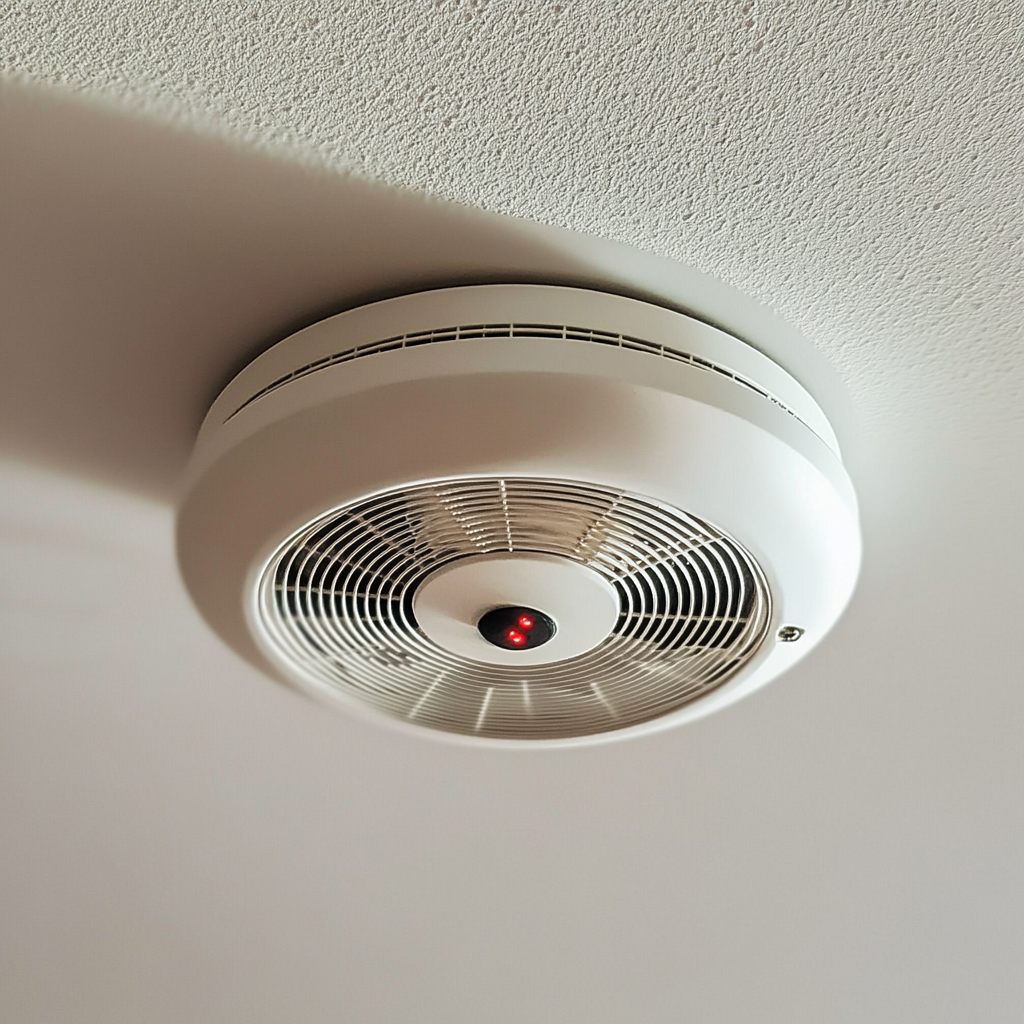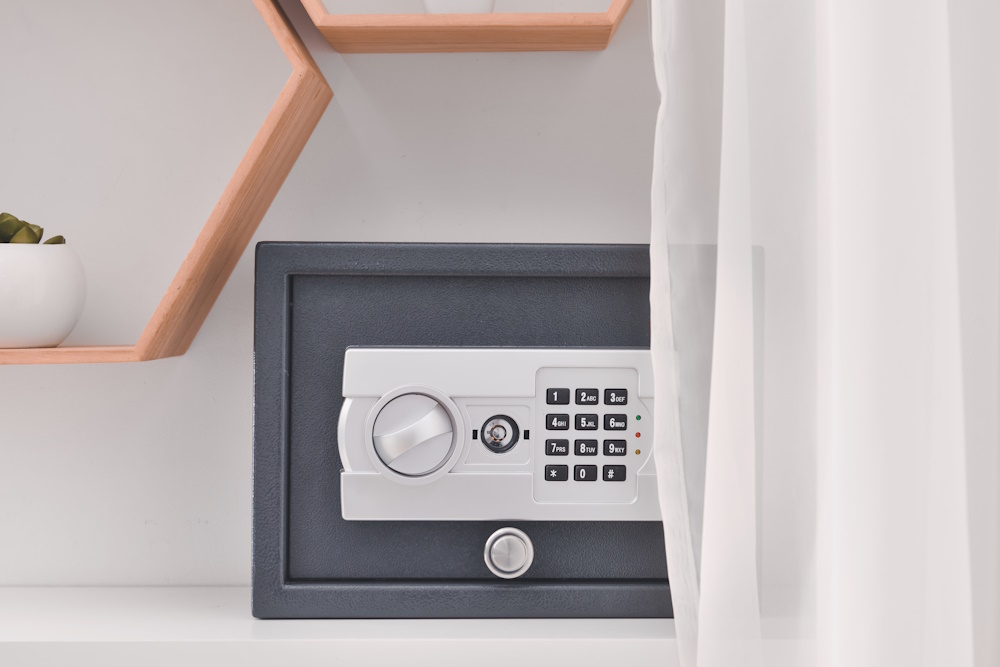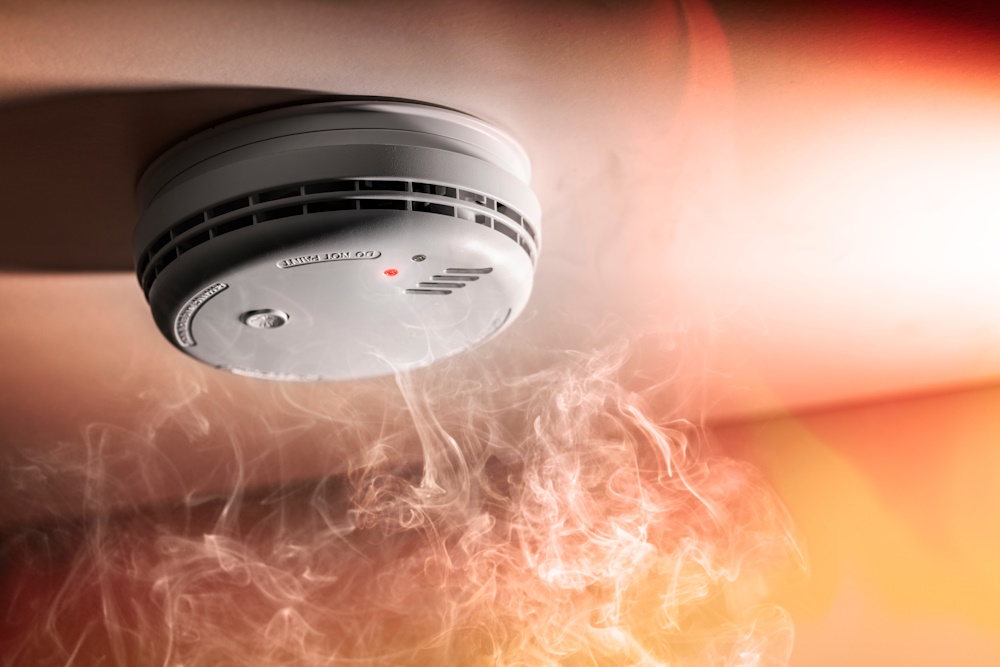Indoor air quality is more than just the pursuit of fresh air. We monitor air quality for a variety of things, but only some forms of detection are mandatory. Smoke detectors and CO monitors are the most commonly and most widely required. But there are other hazards that may present similar dangers or problems under the right circumstances.
Case in point, carbon dioxide. It’s not strictly required in as many places, but there are plenty of use cases where having one is nearly as important.
If your situation either requires—or would greatly benefit from—a CO2 monitor, it’s helpful to know some specifics, and maybe even what functions and features to look for.
CO2 vs. CO: Understanding the Difference
Without laboring the point too much, let’s provide a streamlined science lesson.
Both living organisms, and mechanical processes, lead to the production of what we can broadly call “carbon emissions.” Carbon, it turns out, is great at building chemical bonds full of energy, and with the right kind of nudge, that energy can be released to do all sorts of cool things.
We’re burning carbon-based fuels any time we light a fire, start a (non-electric) car, or even heat the water in our home. We provide some starting energy (functionally the chemical equivalent of an “initial investment”), and then the process of carbon breaking apart and bonding with oxygen does the rest.
Animals (including humans) also burn carbon-based materials (read: “food”) to generate the energy they use to live and grow. There’s no flames, obviously, but it’s the same basic oxidization process, just happening at lower energy thresholds.
In both kinds of examples, carbon dioxide (CO2) is the primary byproduct. This molecule is formed when one atom of carbon links up with two atoms of oxygen. And while CO2 is troublesome when you have too much of it in the wrong place, we actually use it for all kinds of things on its own—and plants can’t seem to get enough of the stuff.
But the way animals consume carbon is different from how humans do it through artificial means. If we eat a sandwich, our body either uses or disposes of all of the carbon in its entirety.
When you light something on fire, though, burning sometimes happens fast enough that some of the fuel is only partially used before being expelled as exhaust (it’s called “incomplete combustion” by people who actually know what they’re talking about). This leads to a different, less stable compound made of one carbon and a single oxygen atom: carbon monoxide (CO).
Because chemistry is weird, these two gases are made of the same stuff, in nearly the same amounts, and produced via almost the same process…but have completely different chemical profiles.
CO2, as mentioned, is to plants what oxygen is to animals, and vice-versa. It’s critical to that form of life, and has plenty of uses besides (no CO2 means no carbonation in your drink, for example). CO, on the other hand, has basically no uses, and is even worse for breathing than CO2.
The biggest problem with CO2 (aside from environmental concerns) is how it displaces breathable air in a confined space. You can’t see, smell, or taste CO2, but when the levels are high enough, your body will start to notice, and you’ll feel oddly compelled to seek “fresh air.”
CO isn’t so kind. Since it’s functionally a man-made compound, no biology accounts for it in the design (like we do for CO2). And it’s unstable, not only displacing breathable air, but pushing it out of your cells and not letting it back in. So not only is it colorless, odorless, tasteless, etc. like CO2, but aside from the dizziness, headaches, and other symptoms you’d also get from CO2…
Well, there are reasons why CO detectors are required near bedrooms.
Why You Need a CO2 Detector in Your Home or Office
So, if that’s the case, why would a CO2 detector even be necessary?
In some cases, it’s not. Our bodies have a higher tolerance for CO2, and when things are ventilated properly, the average home doesn’t build up concentrations fast enough to cause issues (even when everyone’s packed in together for a party). But, as mentioned earlier, burning fuel and breathing air aren’t the only ways we end up with CO2.
A lot of industrial and commercial processes involve the use or creation of CO2 specifically. Those bubbly drinks we mentioned? Unless it’s pre-bottled, anything “from the tap” is mixed on-site. Your average soft drink has three main components in the mix: water, carbonation, and flavored syrup.
Mixing flavor and water is straightforward, and you’ve done that any time you’ve made Kool-Aid at home. That middle part, though? Carbonation is usually achieved by bottling a bunch of CO2 in a tank, and then using mechanical processes to inject the gas into the liquids when they’re being mixed, turning regular water into soda water.
Now, poor ventilation is a problem when burning fuel, but you’re not generating exhaust gases unless you’re burning the fuel. A tank full of CO2? That contains the stuff until it’s emptied, and a leak from that results in the same kind of problem as furnace exhaust. But your furnace is designed to vent the exhaust properly (at least, it should be).
We don’t often build the same safety designs into things like soda machine setups.
All of this is to illustrate that, while most people don’t have to worry too much about CO2 buildup, in some cases it’s a major concern, and a CO2 detector is—bare minimum—a way to reclaim some peace of mind. In the most extreme cases, it may be among the most serious safety concerns on your to-do list.
Top CO2 Detectors
To send us off, here’s a quick and dirty list of top CO2 detectors to choose from:
- Best Portable Option: TEKCOPLUS COTK-57
- Best Affordable Option: 5-in-1 Professional Indoor Air Quality Monitor
- Best Premium Option: SAF Aranet4 Home
At Homeowner.org, we’re here to guide you along the way in your journey regarding all things related to buying, owning, and loving your home. Check out our site for more today.



